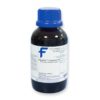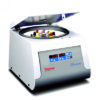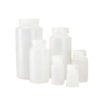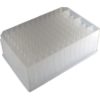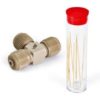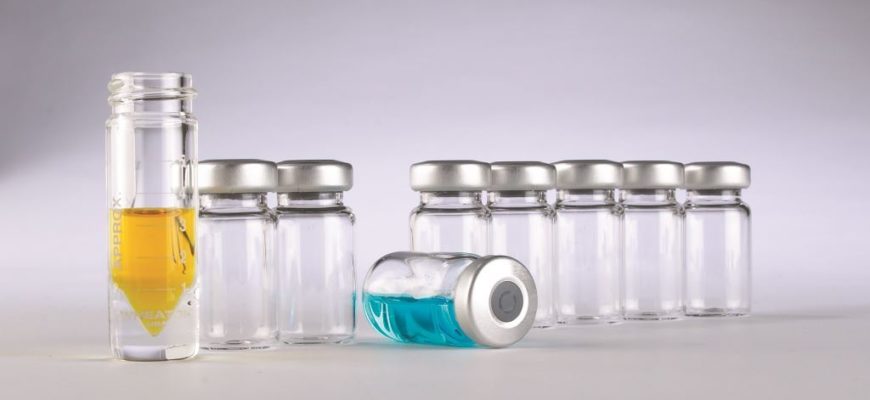As the number of injectable drugs given to patients each year increases, so does the concern about potential particulate matter that can be found in the drug. Particulate matter in injections is defined as extraneous, mobile, undissolved particles, unintentionally present in the end product (2). These contaminants can come from several sources such as the environment, packaging materials and formulation ingredients (3). Particulate matter can be extremely harmful when introduced into the bloodstream and can cause several adverse reactions in the patient such as vein irritation, local tissue infraction, anaphylactic shock and even death (1). Therefore, the United States Pharmacopoeia places limits on the amount of sub-visible particles that are allowed in injections. The USP’s limits on particulate matter, harmonized with the European Pharmacopoeia and Japanese Pharmacopoeia, are outlined in the USP’s general chapter <788> “Particulate Matter in Injections.” The chapter contains the methods of determination of particulate matter in injections along with particle count limits for small-volume injections (SVI) and large-volume injections (LVI).
For more information download Jeffery Reid’s full White Paper “Controlling Sub-visible Particles in Injections”
- Gecsey, J., & Harrison, T. (2005). Sampling and preparation techniques key to success in meeting new requirements for particulate analysis in SVPs. European Journal of Parenteral & Pharmaceutical Science, 10(3), 79-82.
- General Chapter <788> Particulate Matter in Injections. USP 36/NF 31: United States Pharmacopeia. www.usp.org
- Singh, S. K. (2013). Particulate Matter in Sterile Parenteral Products. In P. Kolhe, M. Shah, & N. Rathore (Eds.), Sterile Product Development: Formulation, Process, Quality and Regulatory Considerations (Vol. 6, Advances in the Pharmaceutical Sciences, pp. 359-409). AAPS.

